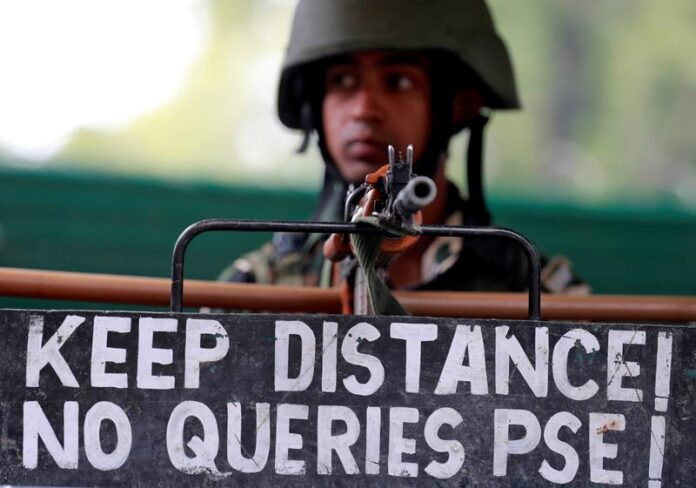Author: Ipsita Chakravarty
Affiliation: Scroll.in
Organization/Publisher: Reuters Institute for the Study of Journalism/ University of Oxford
Date/Place: August 24, 2021 / UK
Type of Literature: Journalist Fellow Paper
Number of Pages: 40
Keywords: Kashmir, Journalism, Media, Press Freedom, International armed conflict, Resistance movement, India, Reuters
Brief:
With the advent of the internet boosting reach and spheres of media in conflict-ridden territories, use of the media is now commonly termed as 5th generation warfare. For the beleaguered populace of such territories, what keeps them going on is “stay updated.” Kashmir, a UN-designated disputed territory whose people are being denied the right to self-determination by India, has seen a boom in the growth and spread of media. However, to further cement its control over the Muslim-majority region, India has locked down the Kashmir-based media houses, journalists, editors, and columnists so that the flow of information out of the territory remains under New Delhi’s tight grip. This paper looks at how the Hindu-nationalist-led government in India arm twisted Kashmiri media after it re-annexed the region on Aug. 5th, 2019. “The crackdown on the Kashmiri press was necessary to manage perceptions around the August 5 legislation. I also argue it was part of a more ambitious project to remake the Kashmiri public sphere: from its politics to its information economy,” notes Ipsita Chakravarty. What is important to understand here is to make categoric difference between Kashmir and Indian media. “The Indian national media and the Kashmiri press reflected two entirely different public spheres,” the paper notes, adding that Indian media has always seen Kashmir as part of “project integration.” The problem for any colonial power is not the backlash it receives for its machinations and experiments on occupied people and territories, but the outflow of details in the form of stories, tales, columns, reports, video, images, and podcasts. And that is what India is worried about in Kashmir. After it heavily suppressed a mass uprising against its rule in 2016, India’s Union Home Ministry formulated a plan to “control the Kashmir narrative” from getting out of Indian territorial spheres, with suggestions including to control “mosques, madrasas, newspapers and television channels.”
By: Riyaz ul Khaliq, CIGA Non-Resident Research Associate




